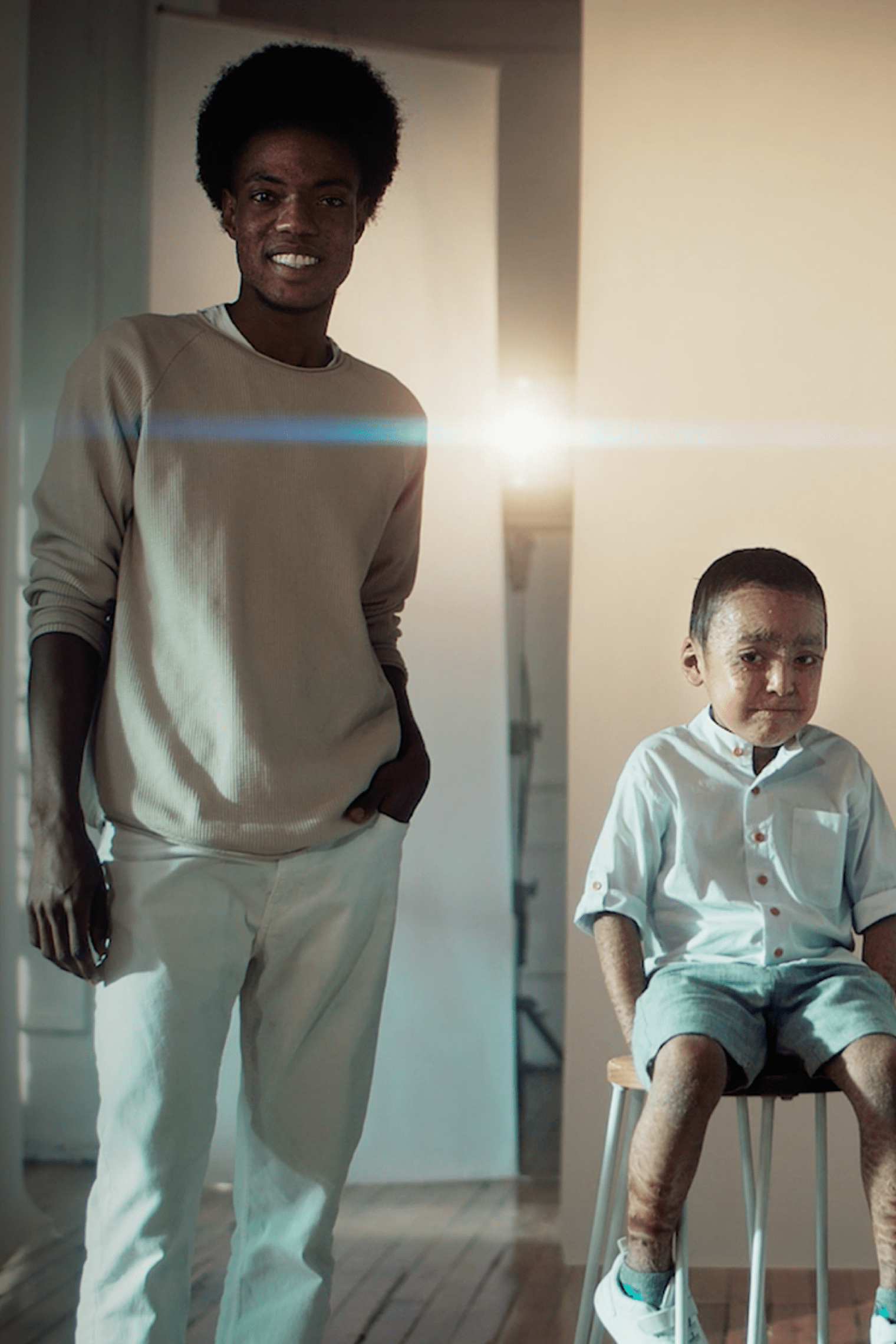The outermost layer of the epidermis (the horny layer) is particularly thin and the cells are less tightly packed than in adult skin. Sweat and sebaceous glands are also less active and so skin’s hydrolipid film is relatively weak. This means that the barrier function is impaired and baby skin is:
- less resistant
- especially sensitive to chemical, physical and microbial influences
- prone to drying out
- more sensitive to UV
Sensitivity to UV is further enhanced by the fact that babies also have low skin pigmentation. Melanocytes (the cells responsible for melanin production) are present, but less active and so babies should be kept out of the sun.
Babies also have more difficulty regulating their body temperature than adults. This is because:
- the surface area of their body is relatively large
- their sweat glands are less active
- their skin circulation is still quite slow to adapt
It is important that adults are mindful of this and monitor and control the temperature of their environment for them.
Read more about baby skin, the conditions that it is prone to and how to care for it in baby and children’s skin.
1 Source: Paediatric Dermatology 27(2):125-31, October 2009.
By the age of four, skin and its appendages (such as hair, nails and glands) are a little bit more mature. However, children’s skin is still thinner and has less pigmentation than adult skin. Because these self-protection mechanisms are less developed, young skin is particularly sensitive to UV radiation. Read more about baby and children’s skin and about how the sun affects it in how does sun affect babies and children’s skin.
By the age of 12, the structure and function of a child’s skin corresponds to that of an adult.
The hormonal changes of puberty can have dramatic effects on skin – particularly on the face, shoulders, chest and back. Increased sebum production and disturbed corneocyte shedding can lead to skin becoming oily and acne-prone. This usually disappears as the teenager matures although for some, especially women, acne can go on into middle age and beyond.
Genetics, lifestyle and environment will determine the stage at which the epidermis and the dermis start to thin, but from around the age of 25, the first signs of ageing may appear, normally in the form of fine lines.
When skin starts to thin, its barrier function and its natural protection against UV also gradually reduce.
Collagen mass and flexibility also begin to deplete at a rate of approximately 1% a year.
- Skin’s barrier function weakens
- The metabolic processes of the cells begin to slow down
- Skin moisture loss increases as skin produces less Hyaluronic Acid and existing Hyaluronic Acid starts to degrade.
- Collagen continues to degrade at 1% a year and more fine lines and wrinkles form
Over the next few decades skin structure gradually changes:
Epidermis:
The ordered arrangement of the individual layers of the epidermis is lost. Fewer cells are formed, existing cells shrink and the top layers of skin become thinner. This can lead to:
- an increase in roughness and dryness
- an increase in fine lines and wrinkles
- areas of hyperpigmentation (known as age spots)
- impaired wound healing and an increased risk of skin infection
Dermis:
Connective tissues in the middle layer of skin, lose their fibrous structure and water-binding ability and start to degenerate. This leads to:
- a loss of volume and a noticeable change in the contours of facial skin
- the development of deep wrinkles






